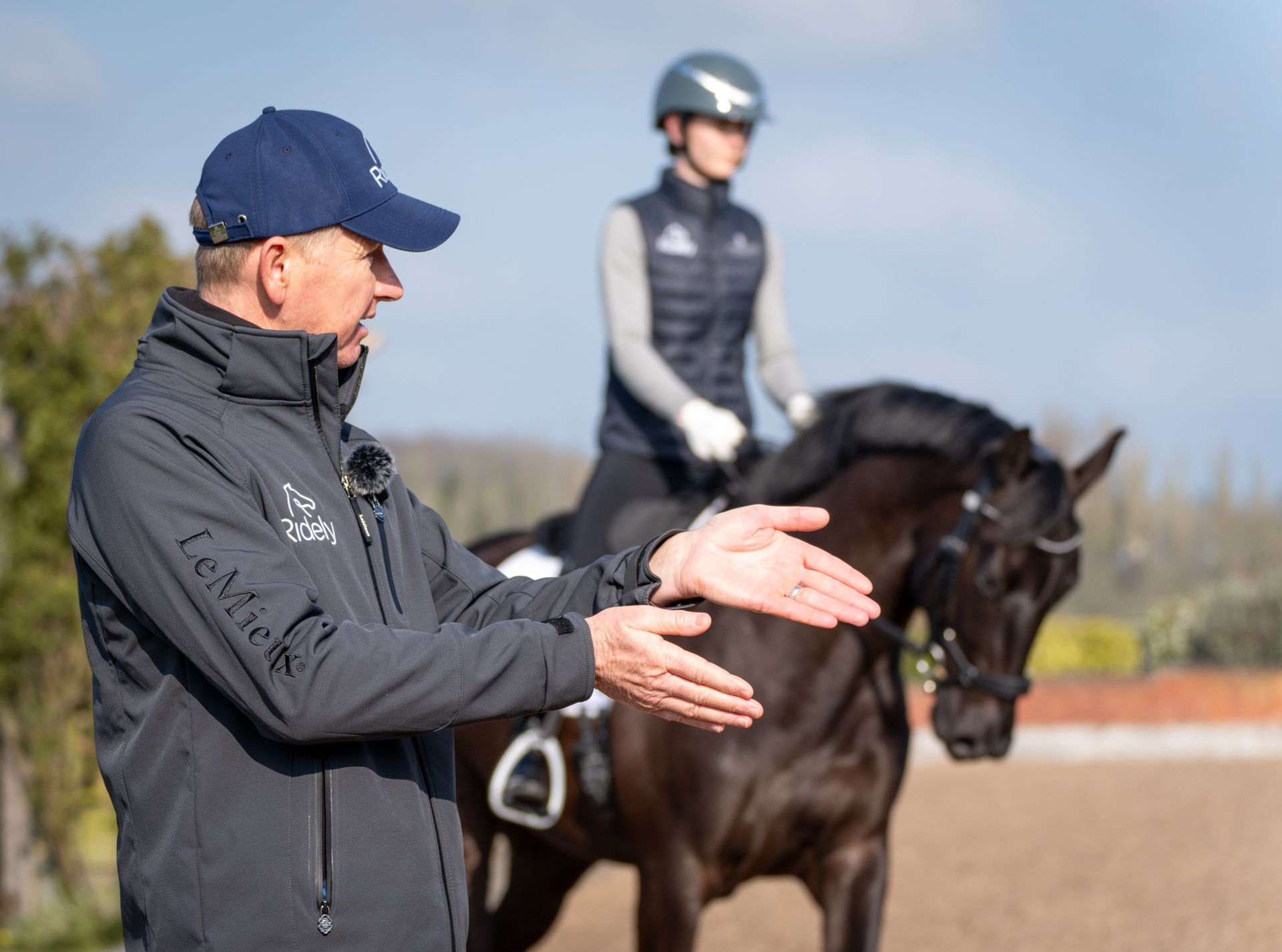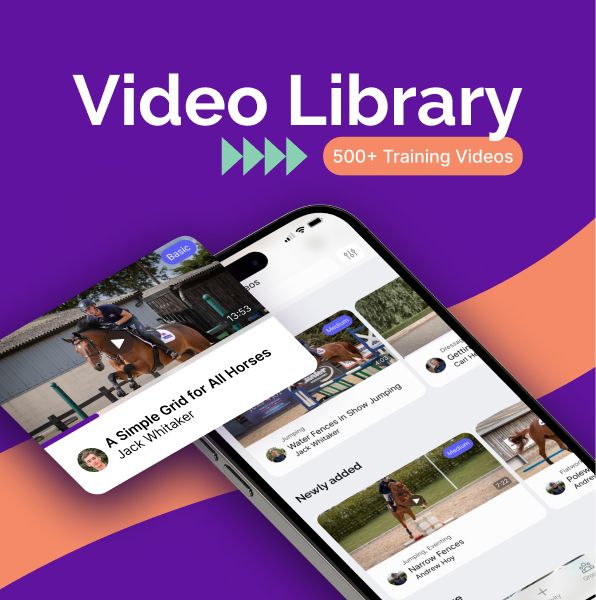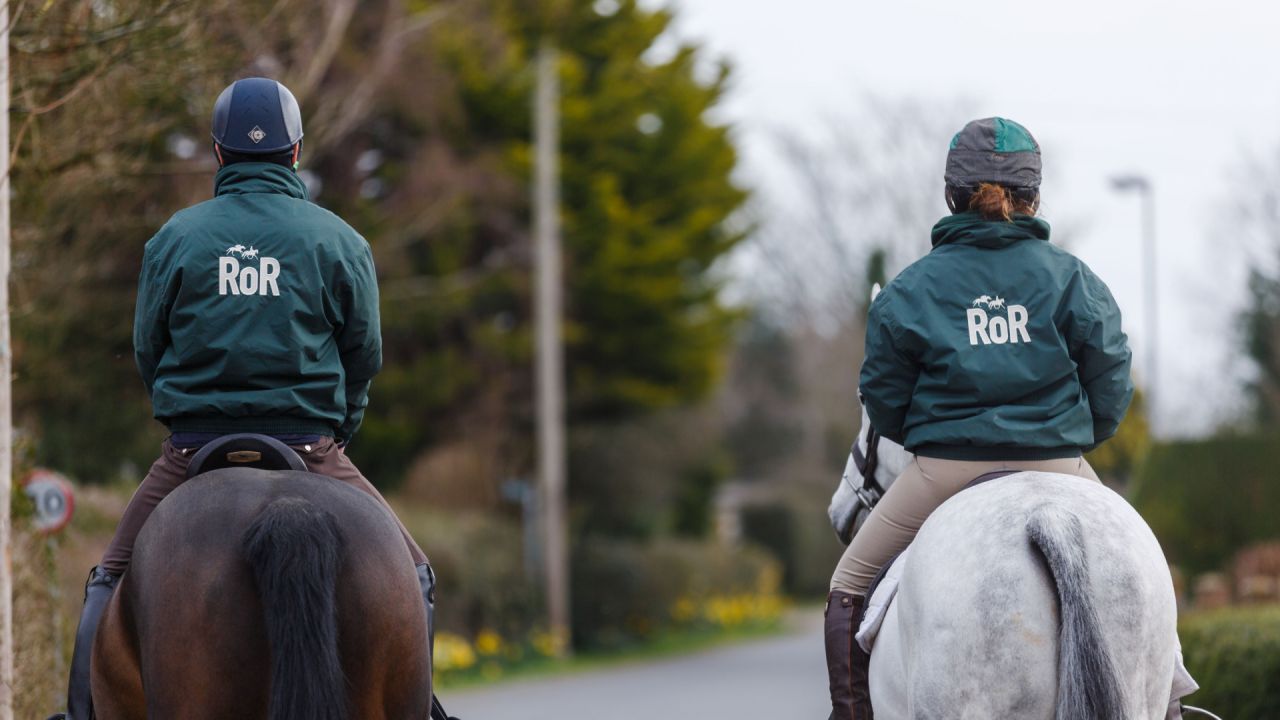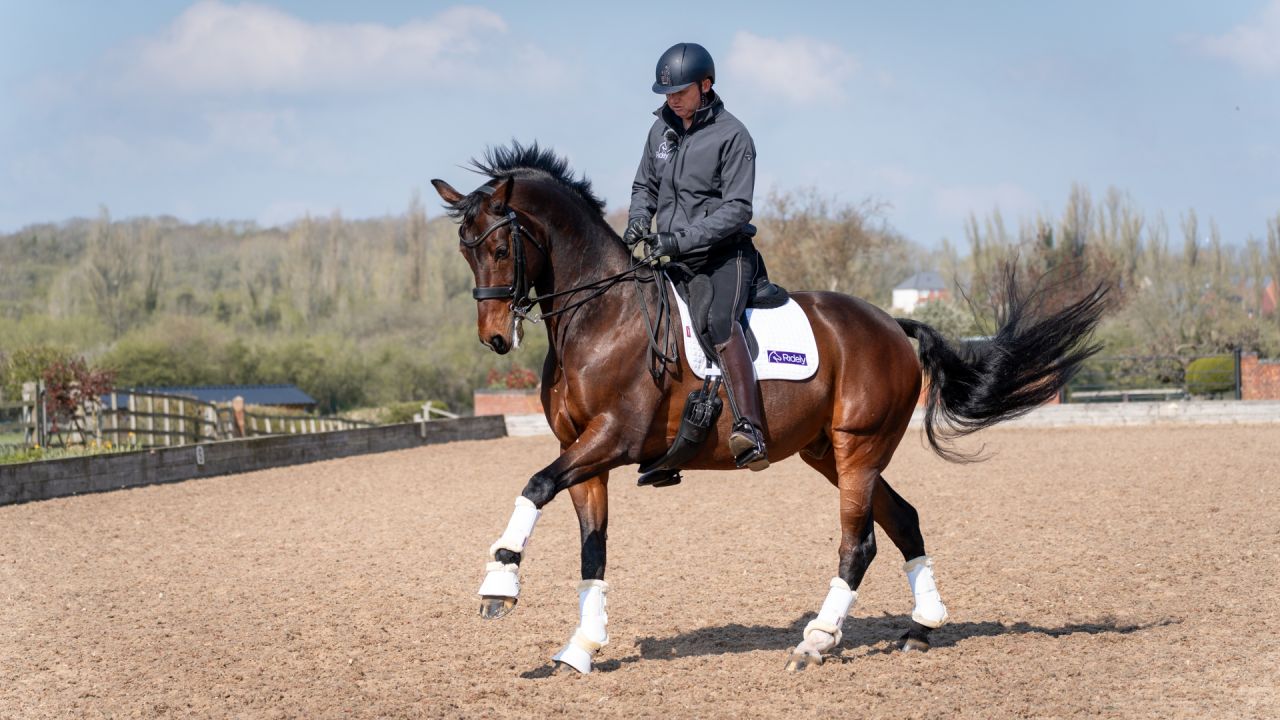Riding with Flexion, Bend or Both? Breaking Down The Differences and Usages

What is the difference between Bend and Flexion?
Establishing flexion and bend is important for horses of all levels, but the two words are commonly mixed up. Let’s dive into each term and how you can learn to differentiate between their meanings.
What is Bend?
Bend refers to the lateral curvature of the horse’s body along its body and spine. When a horse is correctly bent, it means that its body is slightly curved or arched to the left or right. This is achieved by the horse flexing its body through its ribcage, not just the neck. Correct bend is an essential aspect of horse training and riding because it allows the horse to maintain balance, suppleness, and proper alignment during turns and circles.
The aids for correct bend are:
- Your inside leg at the girth to connect the horse through to the outside rein
- Your outside leg just slightly behind the girth – to guard the haunches from falling out
- Inside rein- helps to guide the neck to follow the direction of bend in the body, creating flexion in the jaw
- Control the outside shoulder with the outside rein and leg
So next time you hear the sentence ‘needs more bend’, you understand it means more than just bending the horse in the neck. You know exactly how to create and maintain a uniform bend in the horses’ body from the poll all the way to its tail.
If your horse is bending correctly, you should be able to give your inside rein and the horse should stay bent in the body for several strides.
What is Flexion?
Flexion refers to the bending of the horse’s neck around its poll. The poll is the joint between the skull and the neck. Flexion involves the horse giving at the poll and produces a small degree of movement from the poll to the wither, this can be to the left or the right.
Flexion is usually asked for as part of a horse’s training to encourage softness and responsiveness to the rider’s rein aids. It is used to achieve better communication between the rider’s hands and the horse’s mouth. Flexing the horse’s neck to one side or the other can also help with lateral suppleness and preparing the horse for the basics, but also more advanced movements.
What type of exercises should you ride if you want more Flexion and Bend?
Flexion and Bend are really the basis for all of your riding endeavours. Without flexion, there is not going to be any bend and without bend, there is no chance of creating true suppleness with your horse.
For more exercises like this, we recommend the following training videos:

- Train with 11+ Olympians from home.
- Learn and make the most of your equestrian life.

Learn from Carl Hester in Ridely!
Exclusive training videos with top trainers and riders like Carl Hester are available in the Ridely library. Don’t miss out!


